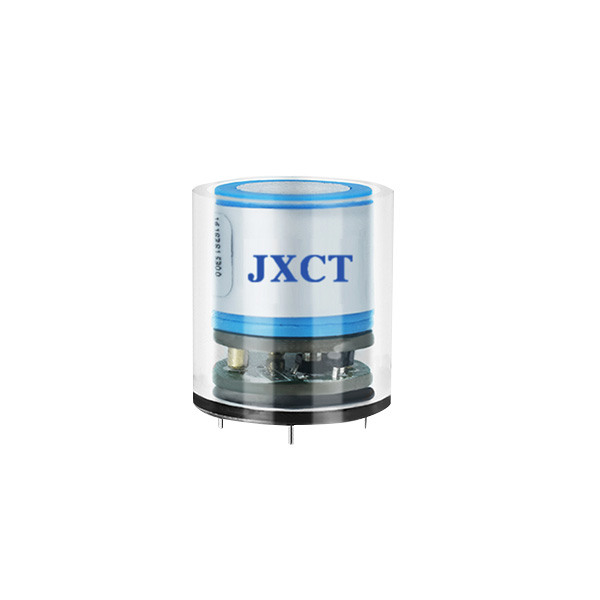Sensors in Carbon Monoxide Detectors
Electrochemical carbon monoxide sensors use electrochemical detection principle to detect carbon monoxide. Electrochemical sensors are mainly used to detect oxygen and toxic gases. They measure chemical reactions within the sensor, producing an electron output proportional to the CO level. In essence, EC sensors are small fuel cells consisting of precious metal electrodes in an electrolyte.
JXCT is one of the most popular manufacturers of electrochemical gas sensors. Their sensors are used in dozens of 4-gas detectors and portable safety meters used.

Why Do We Need to Detect CO?
Carbon Monoxide is an odorless, tasteless and generally undetectable to humans. This makes it a dangerous gas, as too much exposure can cause carbon monoxide poisoning. Carbon monoxide poisoning occurs when too much CO builds up in your bloodstream and your body replaces the oxygen in red blood cells. Symptoms can include headaches, vomiting, dizziness, weakness, confusion, nausea, unconsciousness and even death.
The best way to prevent carbon monoxide poisoning is to install a CO gas detector in your home, workplace, auto shop, or other area where CO is likely to occur. Learn about carbon monoxide detectors in the home. CO is largely produced by incomplete combustion, for example when you burn any fuel such as gasoline or propane.
Carbon Monoxide Safety in Parts Per Million
There are several ways that Electrochemical Carbon Monoxide Sensors can be used to protect you. The main method that most people immediately think of are the standard carbon monoxide detectors that you find in homes, schools, and offices.
Carbon Monoxide Detector There are also personal CO sensing devices that are much more effective for those who work around CO more than the average person. For example, Electrochemical Carbon Monoxide Sensors are designed to measure carbon monoxide concentrations in a variety of applications like HVAC or air quality testing. For extra safety, JXCT offers wearable, rechargeable CO Safety Monitors for personal safety in the field. These are designed for people who work in confined spaces such as garages, ice rinks, engine compartments, or anywhere CO buildup can occur. If CO levels get too high, audible and visual alarms warn the user.
Carbon Monoxide Exposure Limits
There are certain levels of CO concentrations that are deemed average and safe for human occupation:
1 parts per million (ppm) is the current average CO level on the planet
OSHA limits long-term workplace exposure levels to 50 ppm (parts per million)
Symptoms of mild carbon monoxide poisoning include headaches and dizziness at concentrations less than 100 ppm
Concentrations as low as 700 ppm can be life-threatening
It is important to keep in mind the affects vary depending on several factors. The Personal CO Detectorconcentration of CO, time of exposure, age, gender, and overall health affect the danger level. Take for example this instance from the University of Iowa where they found a concentration of 400ppm CO can cause headaches in 1 to 2 hours. In 3 to 5 hours the same concentration can lead to unconsciousness and death. Accompanying increase in respiration rate can shorten the time to critical levels.
 : +86 155 8830 2704
: +86 155 8830 2704 : jxdziot@gmail.com
: jxdziot@gmail.com
